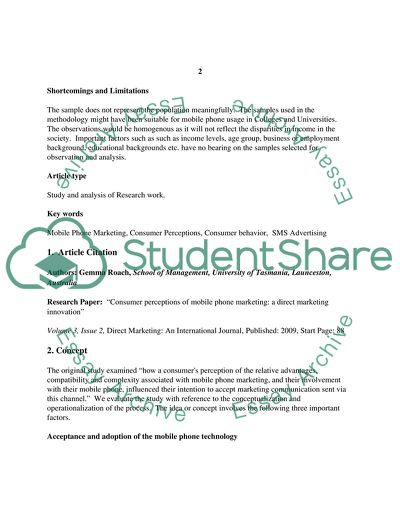Cite this document
(“Consumer Perceptions of Mobile Phone Marketing A Critical Analysis Assignment”, n.d.)
Consumer Perceptions of Mobile Phone Marketing A Critical Analysis Assignment. Retrieved from https://studentshare.org/marketing/1734337-conceptualization-assignment
Consumer Perceptions of Mobile Phone Marketing A Critical Analysis Assignment. Retrieved from https://studentshare.org/marketing/1734337-conceptualization-assignment
(Consumer Perceptions of Mobile Phone Marketing A Critical Analysis Assignment)
Consumer Perceptions of Mobile Phone Marketing A Critical Analysis Assignment. https://studentshare.org/marketing/1734337-conceptualization-assignment.
Consumer Perceptions of Mobile Phone Marketing A Critical Analysis Assignment. https://studentshare.org/marketing/1734337-conceptualization-assignment.
“Consumer Perceptions of Mobile Phone Marketing A Critical Analysis Assignment”, n.d. https://studentshare.org/marketing/1734337-conceptualization-assignment.


